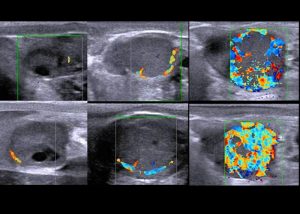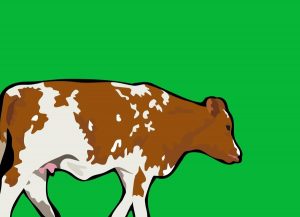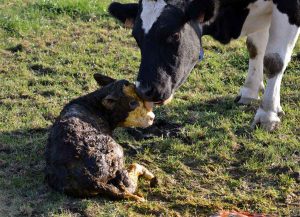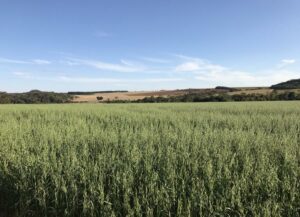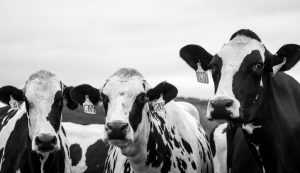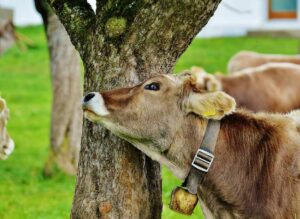María Villagrasa & Nuria García
High calf mortality rates result in great economic and genetic losses and an increase in replacement costs. Bovine perinatal mortality (BPM) is commonly defined as the full-term calves’ mortality (more than 260 days gestation) shortly before, during or up to 24-48 h after calving.
In order to obtain a detailed picture of when, why and how calves die during the perinatal period, a group of researchers from the University of Bern (Switzerland; Mock et al., 2020) conducted a study on risk factors, incidence and causes of BPM in high-risk dairy farms (BPM greater than 5% in the previous year). The study was carried out between September 2016 and January 2018 on 47 calves and 45 dams (mainly Holstein) from 21 Swiss dairy farms.
Exhaustive analysis: detailed stories, necropsies and laboratory tests
Macroscopic pathological examinations of calves and placentas were performed, as well as histopathological examinations of internal organs and placental tissue. Microbiological examinations were also performed: broad-spectrum bacterial and fungal culture, detection of Chlamydia abortus, Coxiella burnetii, Leptospira spp. and Neospora caninum by PCR as well as bovine viral diarrhea virus (BVDV) by Ag-ELISA.
Maternal blood samples were used for the serology of bovine herpes virus 1 (BHV-1), Brucella abortus, Chlamydia abortus, Coxiella burnetii and nine pathogenic leptospiral serovars as well as for measuring trace elements. A questionnaire was completed with the farmer, which included general characteristics of the farm and data related to the cases referred to.
Infection was the leading cause of perinatal calf mortality
The data showed that while the RATE of BPM on Swiss farms was low (-2.3%) the same was not the case with the high-risk farms in this study, which was five times higher (11. 5%). The authors explain this in part because the farms met the inclusion criterion (MP> 5%), indicating that high-risk farms turned out to be farms with high BPM rates.
Other risk factors associated with these high rates were the high proportion of primiparous cows in these herds (45%) and the existence of widespread pathogenic infections on these farms.
One of the variables studied was birth management since it is known to have a significant effect on perinatal mortality so that if disproportionate, it can increase dystocia and BPM rates. However, since most producers followed the current recommendations on calving assistance and the use of mechanical aids was limited, the incidence of dystocia was very low on these farms.
Regarding the cause of death, the authors made a distinction between the ultimate cause, which ended up causing death, and the primary causes, the injury or illness that initially led to death. Thus, the ultimate most commonly diagnosed cause of death was infection (34.0%) and Coxiella burnetii being the most frequently detected pathogen. The most commonly diagnosed primary cause of death was asphyxia (44.7%), although deaths from more than one cause were also common (21.3%).
Key findings
The most prominent findings were as follows:
- There was a high prevalence at the herd and individual level of Coxiella burnetii and associated lesions in dead calves and their placentas, indicating that this was a major cause of high perinatal mortality rates.
- Dystocia was not a major cause of perinatal mortality, but asphyxia was a common finding in these calves, most of whom died during calving (68. 1%).
The authors concluded that, while the findings of this study may have limited external validity, the research model adopted and the methodologies used can be replicated and reassessed respectively, in future studies on perinatal mortality at the international level.
Reference
Mock T., Mee J.F., Dettwiler M., Rodriguez-Campos S., Hüsler J., Michel B., Häfliger I.M., Drögemüller C., Bodmer M., Hirsbrunner G. 2020. Evaluation of an investigative model in dairy herds with high calf perinatal mortality rates in Switzerland. Theriogenology 148, 48-59.
© 2021 Dairy Research Review. All Rights Reserved.



